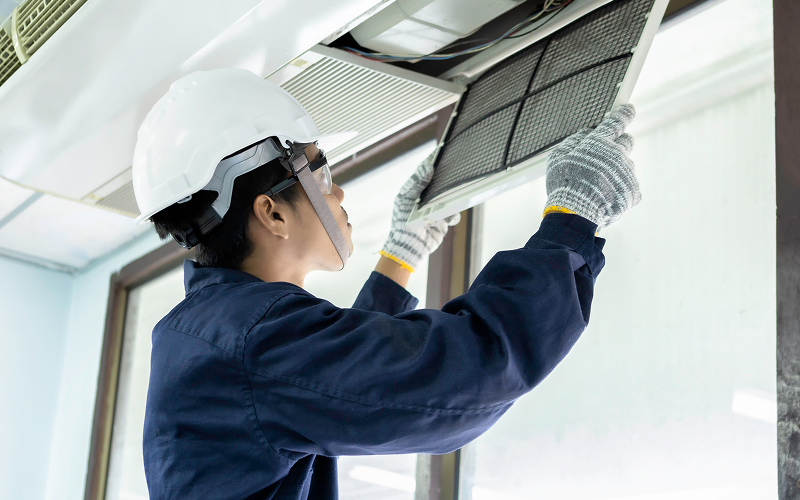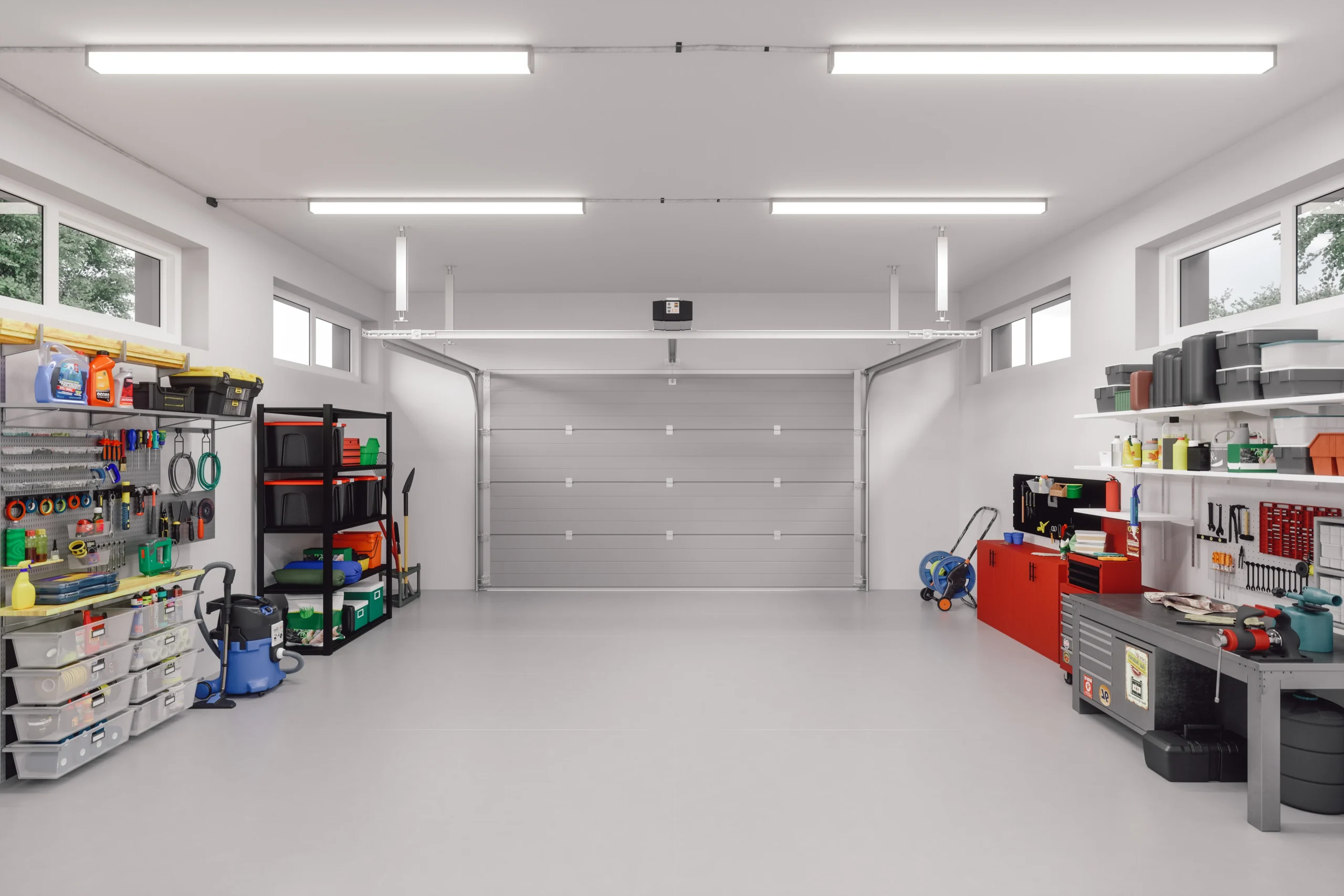
Have you ever wished you could prevent costly HVAC repairs before they happen? The good news is, a simple five-minute weekly check can go a long way in keeping your system running efficiently.
This quick inspection doesn’t replace professional maintenance, but it can help you catch small issues before they turn into expensive problems.
Let’s go through this easy routine that anyone can do.
Inspect The Air Filter
The first step in your weekly check is the air filter. Why is this so important? A dirty filter restricts airflow, making your system work harder, use more energy, and eventually wear down faster. Take a look at the filter for visible dust or debris.
Even if you don’t need to replace it yet, a quick check helps prevent serious clogs. Remember, homes with pets or heavy dust may need more frequent checks.
Listen For Unusual Sounds
Your HVAC system usually hums quietly when everything is working correctly. Listen carefully for new or odd noises like squealing, rattling, or banging.
These sounds often point to a loose part or a motor that may be struggling. Catching these signs early can save you from bigger repairs down the road.
Clear The Outdoor Unit
The outdoor condenser unit is critical for releasing heat effectively. Spend a minute clearing any leaves, grass clippings, or debris around it. Make sure plants and shrubs are trimmed back at least two feet to maintain proper airflow.
When the unit can breathe easily, it doesn’t have to work as hard, which improves efficiency and prolongs its life.
Check The Indoor Vents
Blocked supply or return vents can throw off your HVAC system’s airflow, forcing it to work overtime.
Walk past each vent to ensure nothing is obstructing air movement, like furniture or curtains. Confirm that air is flowing properly from supply registers and that return registers are drawing air in efficiently.
Test The Thermostat
A faulty thermostat can lead to inefficient cycling and uneven temperatures. Adjust the temperature up and down to make sure your HVAC system responds promptly.
The unit should start or stop within a few seconds of your change, indicating it’s communicating properly with your system.
Look For Signs Of Water
Finally, check for leaks near your indoor unit and condensate drain line. Water pooling or a consistently dry drain during humid weather could signal a blockage. Addressing this early prevents water damage and maintains proper indoor humidity levels.
For professional inspections, maintenance, or repairs, contact HELP Plumbing, Heating, Cooling, and Drains to keep your HVAC running at its best all year long.




